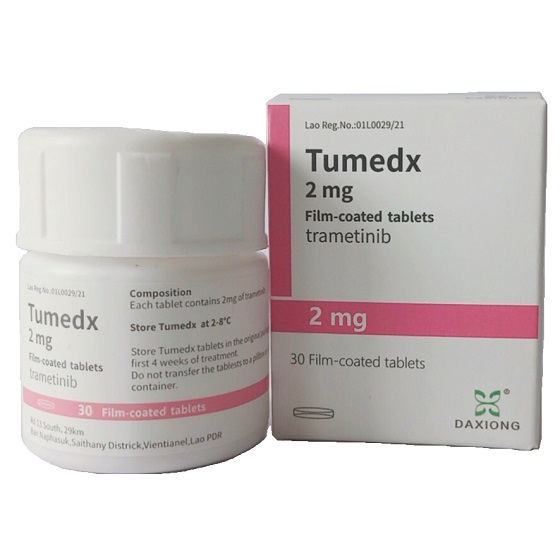How Much Do Patients Pay Out-of-Pocket for Trametinib After Insurance Reimbursement?

How Much Do Patients Pay Out-of-Pocket for Trametinib After Insurance Reimbursement?
Trametinib has been included in the medical insurance reimbursement. Reimbursement category: Class B insurance. The specific policies and reimbursement ratios vary by region, generally ranging from 50% to 70%. Trametinib is a targeted therapy drug for diseases such as melanoma and lung cancer. For many patients, the cost of medication is an important factor to consider. The implementation of the medical insurance system in China has alleviated some of the economic burden for patients. The reimbursement ratio and out-of-pocket amount for Trametinib are issues that many patients are concerned about. Next, we will introduce the out-of-pocket situation for Trametinib after medical insurance reimbursement.
Reimbursement RatioAccording to current policy regulations, Trametinib is eligible for medical insurance reimbursement. The specific reimbursement ratio varies by region. Generally, patients can obtain a certain percentage of reimbursement, which helps to reduce the burden of medication costs. The reimbursement ratio may differ in different regions due to the local medical insurance policies. It is recommended to consult the local medical insurance department or hospital pharmacist for the most detailed information.
Out-of-Pocket AmountIn addition to the reimbursement ratio, patients still need to pay out-of-pocket for Trametinib. The out-of-pocket amount refers to the cost that patients need to pay after medical insurance reimbursement. The out-of-pocket amount is related to the drug price, which varies depending on the brand and dosage form. Generally speaking, the drug price is influenced by factors such as market supply and demand, production costs, and brand competition. For Trametinib, the specific out-of-pocket amount needs to be determined based on the local drug market situation and relevant policy regulations.
Ways to Reduce Drug CostsFor some patients with financial difficulties, the out-of-pocket amount may become a burden. To reduce drug costs, in addition to relying on medical insurance reimbursement, the following methods can also be tried:
Special Drug Supervision Program (Special Drug Approval): Under specific circumstances, patients can obtain additional medical insurance reimbursement through special drug approval. The patient's doctor needs to provide relevant proof and a prescription, and the application should be made according to the prescribed procedures.
Disease Assistance and Charitable Funding: Some regions have established disease assistance funds and charitable organizations to provide funding for patients with financial difficulties. You can inquire with the local health and social security departments to see if there are any relevant assistance policies and programs.
ConclusionAs a targeted therapy drug, Trametinib is of great therapeutic significance for patients with melanoma and lung cancer. The out-of-pocket amount after medical insurance reimbursement needs to be judged based on local medical insurance policies and drug prices. Understanding and mastering relevant policies and funding methods can help patients reduce the burden of drug costs. At the same time, we also hope that the government and medical institutions will further pay attention to and solve the issue of drug costs, so that more patients can obtain affordable treatment.

